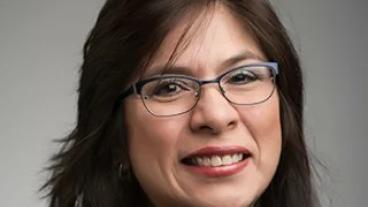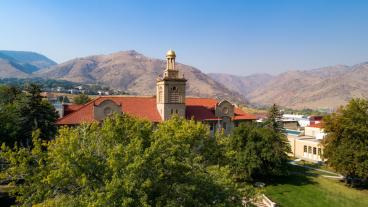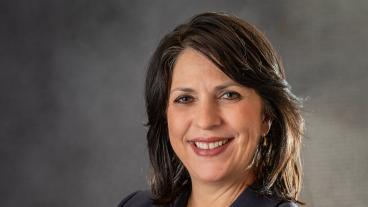This Mines alum is helping ensure your luggage also makes it from Point A to B
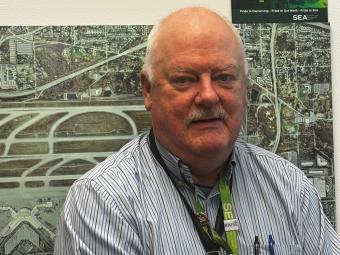
By Sarah Kuta, Special to Mines Magazine
From strollers and backpacks to kayaks and pole vault poles, Erik Knowles ’86 knows luggage of all shapes and sizes makes its way through an airport. But no matter what passengers want to bring with them when they travel, Knowles helps ensure their beloved belongings make it through Seattle-Tacoma International Airport (Sea-Tac) safely and securely.
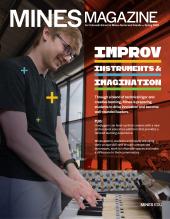
Knowles is an assistant director in the airport’s maintenance and infrastructure department, where he oversees a crew of more than 130 employees. His team works on all of the airport’s mechanical systems, but one of their primary responsibilities is what Knowles calls “the bag factory,” an outbound baggage handling system consisting of 10 miles of conveyor belts and dozens of Transportation Security Administration screening machines.
It’s a complicated logistical operation that runs nearly nonstop, and Knowles is tasked with keeping the machinery running smoothly. In 2024, more than 52.6 million passengers passed through the airport on their way to domestic and international destinations. For Knowles and his team, that meant processing more than 16 million total outbound bags—or between 40,000 and 50,000 pieces of luggage per day.
“We have to screen them for explosives, we have to sort them, we have to get them on the right airplane,” said Knowles.
The airport was built in the 1940s, but after the 9/11 terrorist attacks, Sea-Tac and many other American airports had to be retrofitted with federal security screening infrastructure. Because of that, Sea-Tac’s current baggage handling system is a complex maze that’s akin to “a pile of spaghetti,” said Knowles.
“If you have an airport like ours that was constructed before 9/11, we’re space-constrained,” he said. “We have to shoehorn everything in—the building was never designed to hold this much.”
The existing baggage handling system was installed between 2001 and 2004, so it’s starting to show its age. On top of that, Sea-Tac has experienced significant increases in passenger volume over the last decade—a trend that airport leaders expect to continue. In response, the airport is undertaking a $955 million, multi-phase project to not only modernize the bagging handling system but also accommodate anticipated future demand. The new infrastructure is also designed to be more efficient and more maintenance-friendly, said Knowles.
Because the airport is open 24 hours a day, 365 days a year, crews must keep the baggage handling system online amid the ongoing project. They replace small sections at a time and work in the middle of the night, during the short window between the last flight each evening and the first flight the next morning. When Knowles arrives at the airport each day, he helps ensure the new sections function as expected—and, if they don’t, he troubleshoots and fixes whatever problems he finds.
The project feels a bit like “doing open-heart surgery while driving 70 miles an hour on the interstate,” said Knowles. But, thanks to his Mines education and previous roles in manufacturing, Knowles is well-suited to the challenge.
The engineering work at Sea-Tac is rewarding, but Knowles also loves many other aspects of his job. He’s a back-up snow plow driver for winter storms, and he’s undergone high-level trainings on topics like incident management and terrorist identification.
“It’s fun—it’s a very lively place,” he said. “The airport is full of life. It’s vibrant. There are crazy things that happen here, not all of them good. But there’s never a dull moment.”
And when he’s not solving technical problems in the belly of the airport, he likes to help lost passengers find their way. His security badge and his yellow safety vest are magnets for questions, he said.
“The airport can be intimidating, but we try to make it a very welcoming environment,” he said. “We’re like hosts—we represent Seattle.”


